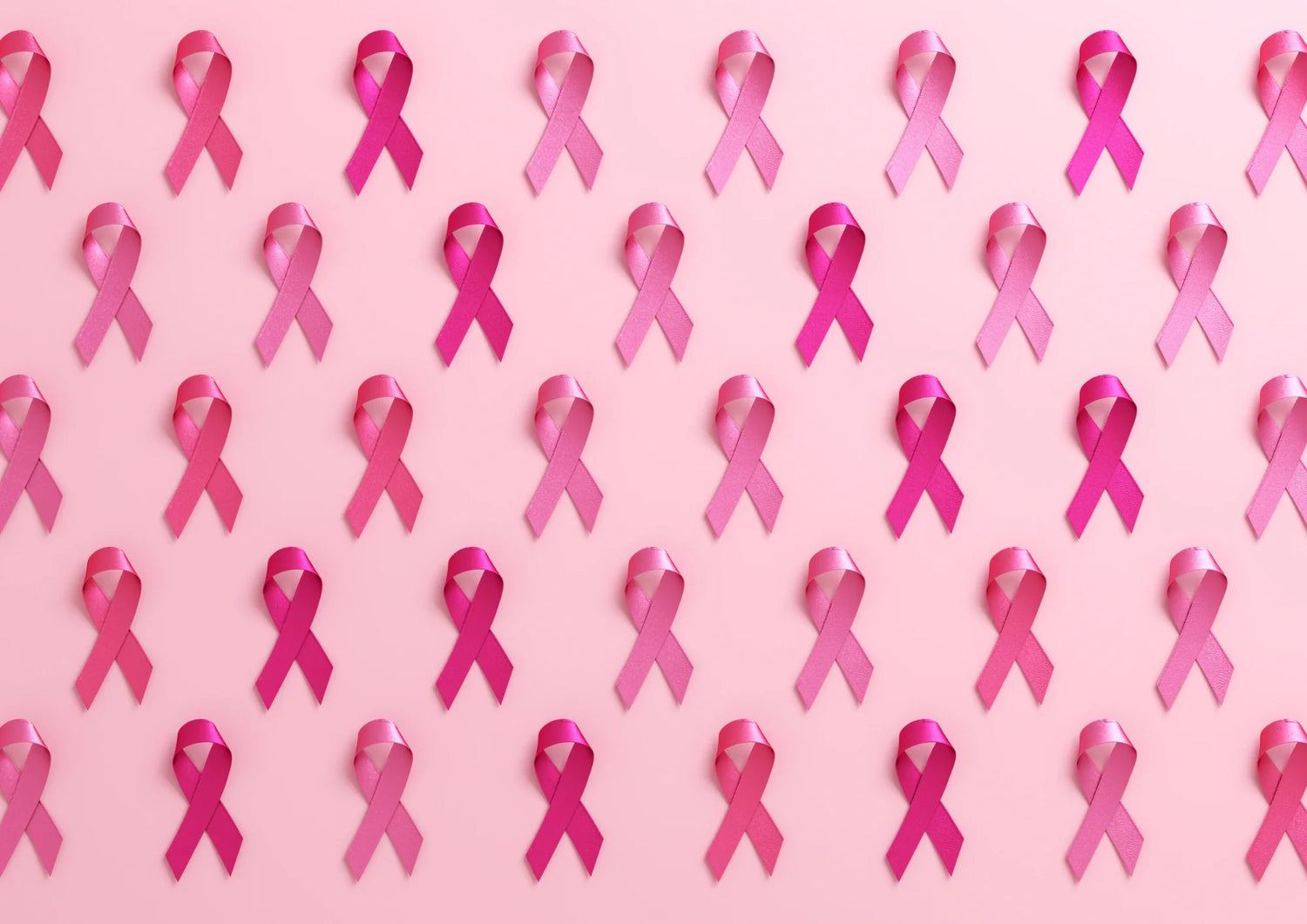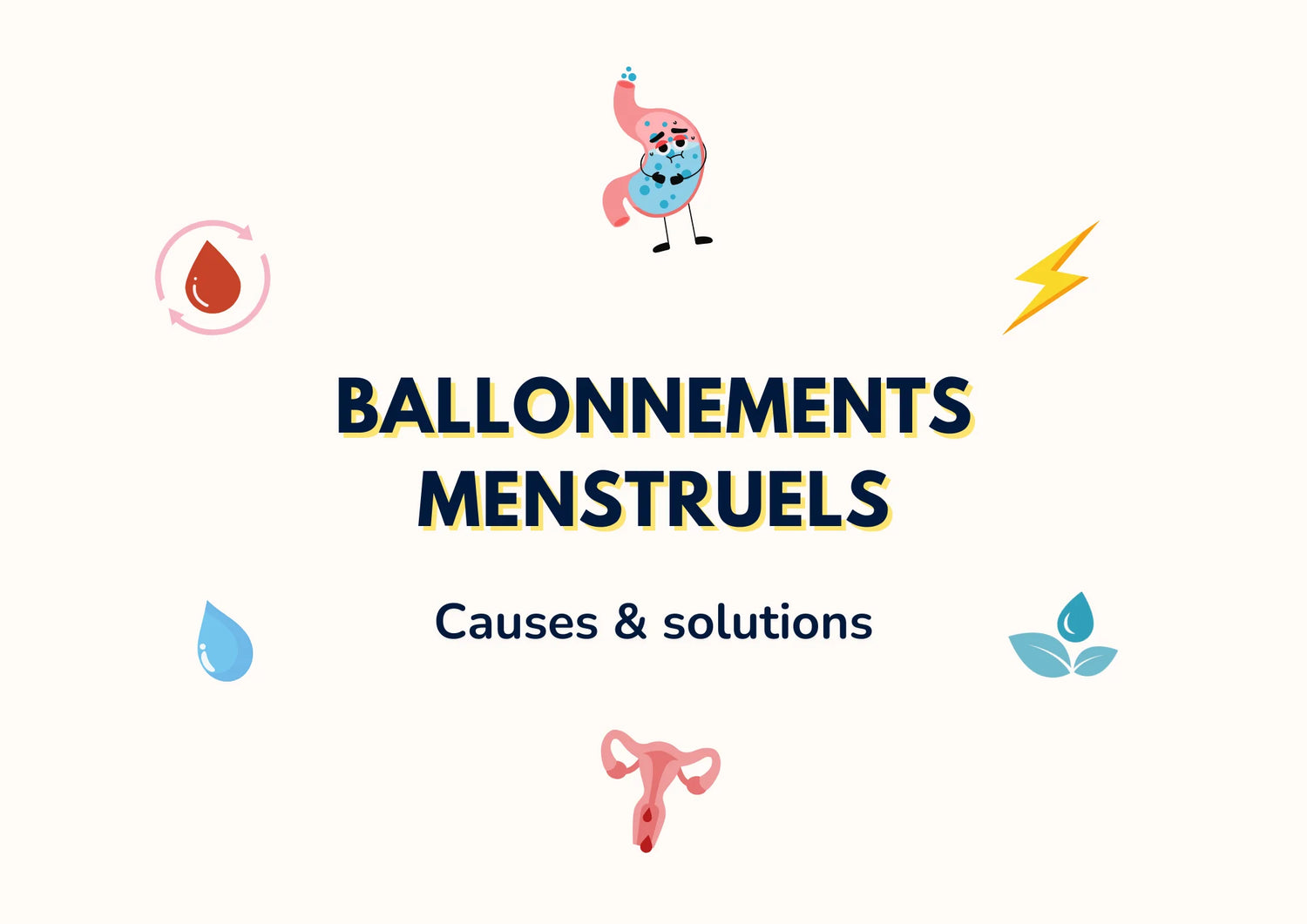Every year, thousands of women learn that they have breast cancer. Maybe you’re wondering: what if it happened to me? You’re not the only one with this concern.
In France, nearly 61,000 new cases are diagnosed each year (according to the National Cancer Institute). Yet, thanks to screening, research and collective mobilization, the chances of recovery are increasing. That’s the whole point of Pink October: to inform, prevent, and support. 🤗
Let’s take a look together at how the fight against breast cancer is organized: the issues, the key players, concrete actions, and future perspectives.
Breast cancer: key figures and issues in France
Before talking about solutions, let’s start by understanding the scale of the problem.
Breast cancer is now the most common cancer in women. It accounts for 1 in 3 diagnosed cancers.
The good news is that thanks to medical advances, more than 87% of women continue to live normally five years after diagnosis.
Why is it important to get screened? Because the earlier a cancer is detected, the easier it is to treat. You’re not alone in fearing the screening exam, but know that it can save your life. 😊
Inequalities in screening: a challenge to overcome
But be careful: not all women have the same chances when it comes to breast cancer.
Women living in rural areas, those in precarious situations or from minorities have less access to mammograms. Sometimes it’s a matter of distance to the medical center, sometimes of financial means or even lack of information.
These social and territorial inequalities slow progress. They are a harsh reminder: some women have their cancer detected too late, simply because they didn’t have the same screening opportunities as others.
That’s why collective mobilization is essential. No one should be left behind. Every woman, wherever she lives and whatever her situation, should have the same chance: to be diagnosed early and to be treated in time.
But fortunately, many associations are mobilizing. They organize information campaigns, mobile screening units in remote villages, or free workshops to raise awareness among women about the importance of mammograms. Their goal is clear: to bring screening closer to those who are too often deprived of it.
👉 Next major solidarity event: the association Keep A Breast will be present at the Challenge Ruban Rose, on Saturday 25 and Sunday 26 October 2025 in Bordeaux.
For this 21st edition, meet the Keep A Breast team on the quays, at the Maison Éco-citoyenne square, in the event village. On the agenda: an information stand and awareness workshops to better prevent breast cancer. 💗
These figures are a reminder: breast cancer can affect any of us, but we don’t all have the same chances against the disease. That’s why it’s essential to act at your level, focusing on prevention, screening, and support. 💕
Prevent, screen, treat: your best weapons
Breast cancer is common, but it is not a fatality. The good news is that you can take action.
How? By adopting a few simple habits, by staying alert to the signals from your body, and by taking advantage of the screening tools available to you. 😊
Prevention in daily life
The first step is you!
Your lifestyle plays an important role in preventing breast cancer. No need to change everything overnight: it’s the small repeated actions that make the difference.

30 minutes of physical activity a day is enough (brisk walking, cycling, dancing, yoga).
Movement helps regulate weight, boost immunity, and reduce risks. 🧘♀️

Alcohol directly increases the risk of breast cancer, even in small amounts.
As for tobacco, it weakens your natural defenses.
Saying “no” more often is already a step towards protection. ❌

Favor fruits, vegetables, fiber, and reduce ultra-processed foods.
A varied and colorful diet helps balance hormones and protects your cells. 🥗

Once a month, ideally after your period, take a few minutes to feel your breasts.
This helps detect any abnormality (lump, retraction, discharge) earlier.
This simple gesture is a real prevention ally. 💗
Of course, no one is perfect: we all skip a workout or indulge in a snack sometimes. And that’s normal!
The main thing is to make progress step by step, without pressure or guilt. Every effort counts, and every small choice is already a victory for your health. 💕
Organized screening
Because prevention alone is not enough, screening remains the most effective weapon to detect breast cancer early and increase your chances of recovery.

Learn more:
https://www.depistagedescancers-bfc.fr/depistage-cancer-sein-en-pratiqueBut if you are
younger, that doesn’t mean you have to wait. You can already get to know your breasts. A change, a lump, unusual pain? See your doctor. You’re not the only one hesitating, but listening to your body remains the best protection. 🤗
This is also the commitment of the association
Keep A Breast, which we support.Their mission is clear:
reduce the risk of breast cancer and its global impact, on women and the environment, through art, education, prevention, and action. Their creative and positive approach reminds each of us that acting early is protecting yourself. 🎀 Discover our commitmentsAnd to go even further, Keep A Breast has recently launched a
mobile app dedicated to self-exam. 📱 It guides you step by step to learn this simple gesture, to integrate into your routine, so you can better know your body and quickly detect any abnormality.
Monthly self-exam: a simple life-saving gesture
Self-exam does not replace a mammogram
, but it is an effective complement to prevention. Once a month, ideally a few days after your period, take 5 minutes to observe and feel your breasts.Good habits:
Observe in front of a mirror (skin, shape, nipple).
- Feel with your fingertips in circles, from top to bottom.
- Also check the armpit and collarbone.
- See your doctor without delay if you notice anything unusual.
- Taking care of yourself and

monitoring your body, is an essential first step. But sometimes, despite prevention and screening, a diagnosis is made. In this case, a real care pathway is put in place to support you at every stage.The care pathway and support
When prevention and screening are not enough, you have to
face the disease. This moment can seem frightening, but know that a real care pathway exists to support you at every stage.When a diagnosis is made, the pathway involves
several tests: mammogram, ultrasound, MRI, biopsy. Then, each treatment is tailored : surgery, radiotherapy, chemotherapy, hormone therapy, targeted therapies, or immunotherapy.But you are not alone on this journey.
Supportive care is available to help you: psychologists, nutritionists, physiotherapists, support groups. They are there to help you preserve your energy, your confidence, and your quality of life. 🤗Preventing with small actions, screening with available tools, and acting quickly if in doubt: these are your
best weapons against breast cancer. Every step counts, and many initiatives join forces to defend women’s health. 💗Because beyond individual efforts, there is a real chain of solidarity and care. So, who is actually fighting against breast cancer? Let’s discover together the
women and men leading this fight against breast cancer.Who is fighting against breast cancer?
Good news: the fight against breast cancer doesn’t rest on you alone!
On one side, there is
the French government. Since 2003, several
cancer plans have been put in place to structure the national strategy. Their mission: improve screening, personalize care, and fund research. In 2021, a ten-year strategy (2021-2030) was launched, with a clear goal: reduce by 60,000 preventable cancers per year and improve the quality of life for patients.In practice, this means several institutions:
The National Cancer Institute (INCa)
- , which leads prevention, screening, and research.The
- Regional Cancer Centers and Breast Institutes, where multidisciplinary teams (oncologists, radiologists, psychologists, physiotherapists, etc.) support you at every stage.But the government is not alone. 💪
Civil
society also plays a key role. Associations like Ruban Rose, the League Against Cancer or Europa Donna France take action every day. They fund research, organize awareness events, and create welcoming spaces where you can find listening and supportYou are not alone: a community is looking out for you. 💕And yes, these players are moving the fight forward every day. But the future is also being built in laboratories, where research is opening up new perspectives. 👩🔬.
Research and innovations: hope for tomorrow
The
fight against breast cancer
is not only happening now. It is also being built every day in laboratories, where researchers are imagining the treatments of tomorrow. You know it: science moves fast, and these advances bring real hope. 🔬Today, research is exploring several promising avenues:Immunotherapy,
which stimulates your natural defenses to better target and destroy cancer cells.
- Personalized treatments, tailored to the genetic profile of each tumor, to be more effective and limit side effects.
- Biomarkers, which allow for more precise screening and closer monitoring of the disease’s progression.
- These advances are especially encouraging for the most aggressive or resistant breast cancers
to standard treatments. They offer a new perspective: tomorrow, every woman could benefit from more targeted, gentler, and more effective care.But research doesn’t stop at treatments. It also looks at emerging risk factors
. Beyond genetic predispositions (like BRCA1/2 mutations), studies are focusing on the impact of the environment : endocrine disruptors, pollution, modern lifestyles. Understanding these causes means better prevention tomorrow. 💪In summary: the road is still long, but every discovery brings us closer to the ultimate goal: reducing the impact of breast cancer
and improving the lives of all women affected. 💕At the same time, these advances wouldn’t be possible without financial support from everywhere
: individual donations, solidarity events, partnerships with associations or committed companies. Every contribution, big or small, directly funds research projects and speeds up the arrival of new treatments. Giving is much more than a symbolic gesture: it’s a real way to help save lives and offer hope for tomorrow.➡️ Support research against breast cancer and become a part of hope too!Pink October: a month to mobilize together
Every year in
October
, cities turn pink and iconic landmarks light up to draw attention to a cause that concerns us all: breast cancer. Behind this color is a powerful message: together, we have the power to push back the disease.Created in the United States in the early 1990s,
the Pink October campaign arrived in France in 1994. Since then, it has become a key event!Read also: Pink October, from yesterday to today: a look back at the history of a global movement Our news
Pink October means a multitude of initiatives:
Solidarity walks and runs 🏃♀️ : thousands of women (and men) come together to walk or run, united by the same pink ribbon.
- Charity sales 🎁 : many brands donate part of their profits to research or patient support.
- Workshops and conferences 💬 : associations, companies, and local authorities organize events to talk about screening, nutrition, sport, and well-being.
- Corporate actions 👩💻 : some companies offer free health checks, professional talks, or information stands for their female employees.
- Pink October has helped break some taboos, make screening a habit, and show the importance of solidarity. But one challenge remains: how to keep this momentum going beyond October? Because the fight against breast cancer isn’t just once a year.

Strengthen equity ⚖️
Every woman should be able to
-
access screening and care easily,
whatever her age, where she lives, or her social situation. Too many disparities still exist between big cities and rural areas, between privileged and disadvantaged women.Step up research 🔬Some breast cancers remain particularly
-
difficult to treat
, such as “triple negative” cancers (which don’t respond to standard hormone treatments). Others affect specific groups, like cancers in young women or those that appear after pregnancy. For these cases, research needs more resources and attention.Mobilize all year round 🎀Pink October gives valuable visibility. But the
-
fight against breast cancer doesn’t end on October 31.
It must continue: regular information campaigns, stronger patient follow-up, association events outside of October.These players are moving the fight forward every day. But the future is also being built in laboratories, where research is opening up new perspectives. Breast
cancer still affects more than 61,000 women a year in France
, but prevention, screening, and research are pushing the disease back. 🔍 Small daily actions, regular screening, and proper support can change everything. Behind you, there’s a real community: associations, caregivers, institutions, all mobilized at your side. 💕Pink October reminds us every year of the importance of taking action, but the fight must continue every day of the year. ✨
29.95 EUR Discover






















 https://mysorio.com
https://mysorio.com


